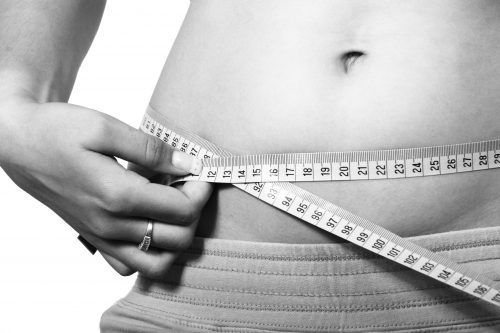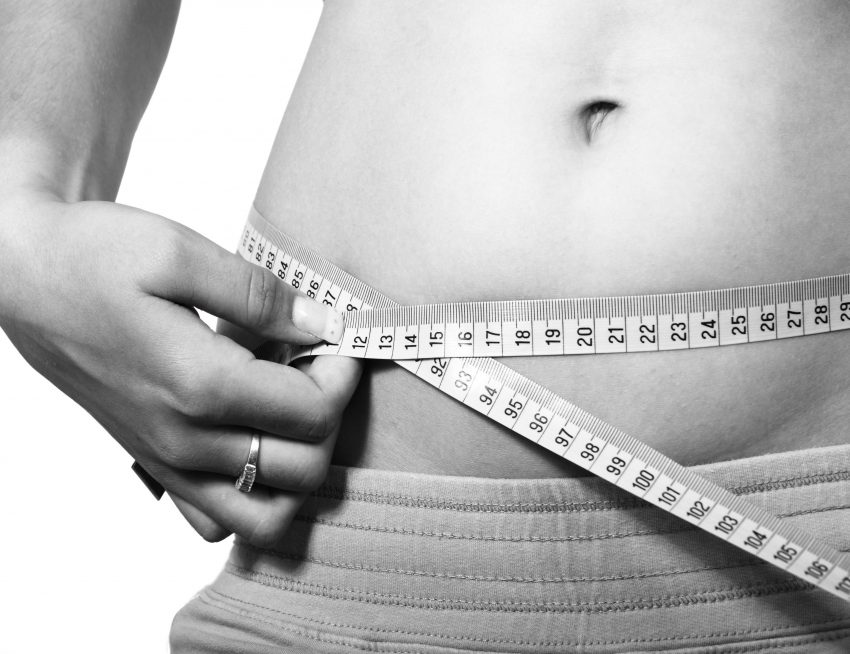 Pregnancy Tales
Pregnancy Tales
For a lot of women, one of the not so joyful aspects of recent motherhood is the pregnancy belly and trying to get back to the same size and shape you had before pregnancy and childbirth.
Many times, the changes to the body during pregnancy are controlled by important chemical substances known as hormones. These are produced by the body to facilitate the process of carrying the pregnancy. This includes the gestational period, childbirth/delivery and immediate periods after childbirth.
After childbirth
After birth the hormone levels gradually start to recede. Some of the changes they brought with them persist to the frustration of many mothers!
By far commonest is the effect on the womb and abdomen during pregnancy.
This is because, as the pregnancy progresses and the baby grows bigger, the womb, which is a muscular organ, stretches to accommodate it.
And, to accommodate the enlarging womb and preserve the other vital organs in the woman’s abdomen, the walls of the abdomen to the front also stretch forward and outward.
Pregnancy Belly [Abdominal Separation, Rectus Abdominis Diastasis(RAD); or Rectus Diastasis].
The front of the tummy, i.e. the area from the bottom of your ribs to the top of the pubis is covered by sheets or layers of tissue. From the outside going inwards, there are skin, fat, muscles, and other layers that protect vital organs including bowels, liver, womb, bladder, etc.
 The rectus abdominis is the first muscle sheet in these layers that runs from the bottom of ribs to the top of the pubis. It is divided into two halves, and popularly referred to as the ‘six-pack’ that is better appreciated in the well-developed physique of professional athletes.
The rectus abdominis is the first muscle sheet in these layers that runs from the bottom of ribs to the top of the pubis. It is divided into two halves, and popularly referred to as the ‘six-pack’ that is better appreciated in the well-developed physique of professional athletes.
The connective tissue that separates the two halves of the muscles is called the Linea Alba (white line). When this muscle is stretched, it is vulnerable to separation along its midsection (Linea alba)which leads to what we know as the ‘Pregnancy Belly’.
This condition is not just limited to occurring to pregnant women. It can happen in Men – usually caused by yo-yo dieting, from doing sit-ups or weightlifting the wrong way, or from other causes.
Why does Pregnancy Belly Happen?
Not all pregnant women get Pregnancy Belly, but it is very common in pregnancy. Some pregnant women may not know that they have it as it can happen in different degrees and small separations are easily missed.
For those who do develop it, the most common reasons for its occurrence are:
- Multiple pregnancies (twins, triplets, etc. that significantly make the womb bigger and therefore create more tension on the muscle sheet)
- Carrying a Large-sized baby
- Having weak stomach muscles prior to pregnancy
- Having a narrow pelvis- usually in petite small frame women
- Poor posture and having been pregnant in the past.
In addition, any other condition which ‘strains’ the top abdominal muscle would worsen the separation. These can include being overweight, constipation and lifting heavy objects. If not done properly, the process of pushing or bearing down during labor.
In addition, there are certain types of exercise that can increase the weakness or slackness of the muscles and the risk of the separation. They are moves like abdominal crunches, sit-ups, push-ups, press-ups, and front planks, all of which can make abdominal separation worse. It is also important to be careful with swimming and some yoga poses (like downward dog).
Dealing with usual post-pregnancy tummy
Generally, after birth, pregnancy hormones can last up to 6 months. In general, the more fit you were before pregnancy, the quicker your pre-pregnancy shape or size returns afterward. The hormone changes cause the tummy to reduce in size – aided by exercise, healthy diet, (and breast-feeding for some ladies).
While some ladies can regain their pre-pregnancy weight/body within weeks, for most women it takes months to do so. This should not be surprising – as it takes 9 months to stretch the muscles to accommodate the womb. We should not expect the muscles to shrink to the former size too quickly.
How quickly the muscles of the tummy (in the absence of RAD) tighten up varies and can depend on: the amount of weight gained during pregnancy, how active you are after birth and – your genes!
So, while it may be challenging to deal with post-pregnancy weight gain and belly fat, it is straight forward.
The Problem
In the case of the Pregnancy belly, however, the problem is that the outer muscle layer (Rectus Abdominis) is overstretched and slack, and the Linia Alba is damaged. It can remain so despite exercise because the separation of the muscles makes them weaker, and more difficult to return to their usual form.
This allows the appearance of a tummy pouch that happens in women with pregnancy belly and can be quite distressing to many women. This can affect their confidence in their appearance and relationships with their partners.
Treating the Pregnancy Belly.
The treatment depends on the degrees/severity of the separation.
In most cases, regular pelvic floor exercises, appropriate deep abdominal exercises (avoiding strain to the upper muscles) and maintaining a good posture can correct the separation.
It is important to say that your belly muscles should have fully recovered and come together before the next pregnancy to avoid further injury.
Pelvic floor exercises are moves that tighten the muscle of the pelvic floor. To do this, imagine you are urinating and squeeze to stop the urine flow. This squeeze is the contraction of the pelvic floor, it helps to maintain your core.
To keep the belly muscles from separating further, it might be useful to – use an abdominal support or belly splint while continuing to exercise and strengthen the deeper muscles; this also allows the connective tissue/Linea Alba to heal.
Other Techniques
There is the Tupler technique, which is a series of exercises that aim to treat significant abdominal separation with some success reports.
In some cases of severe separation that have not responded to exercise and moderating issues like weight, constipation, etc., surgery is an option.
The surgeon can repair or sew together the weak, central connective Linea Alba and this closes the abdominal separation.
If you do not have a Pregnancy Belly, you can reduce the risk of developing one. You can do this by strengthening the abdominal core muscles and avoiding some of the conditions mentioned earlier.
If you have one, first talk to your doctor so the degree of the severity can be assessed. It is necessary as proper treatment options can be discussed.
Remember, avoid doing just any type of exercise because some types can worsen the condition.
Stay Well!


